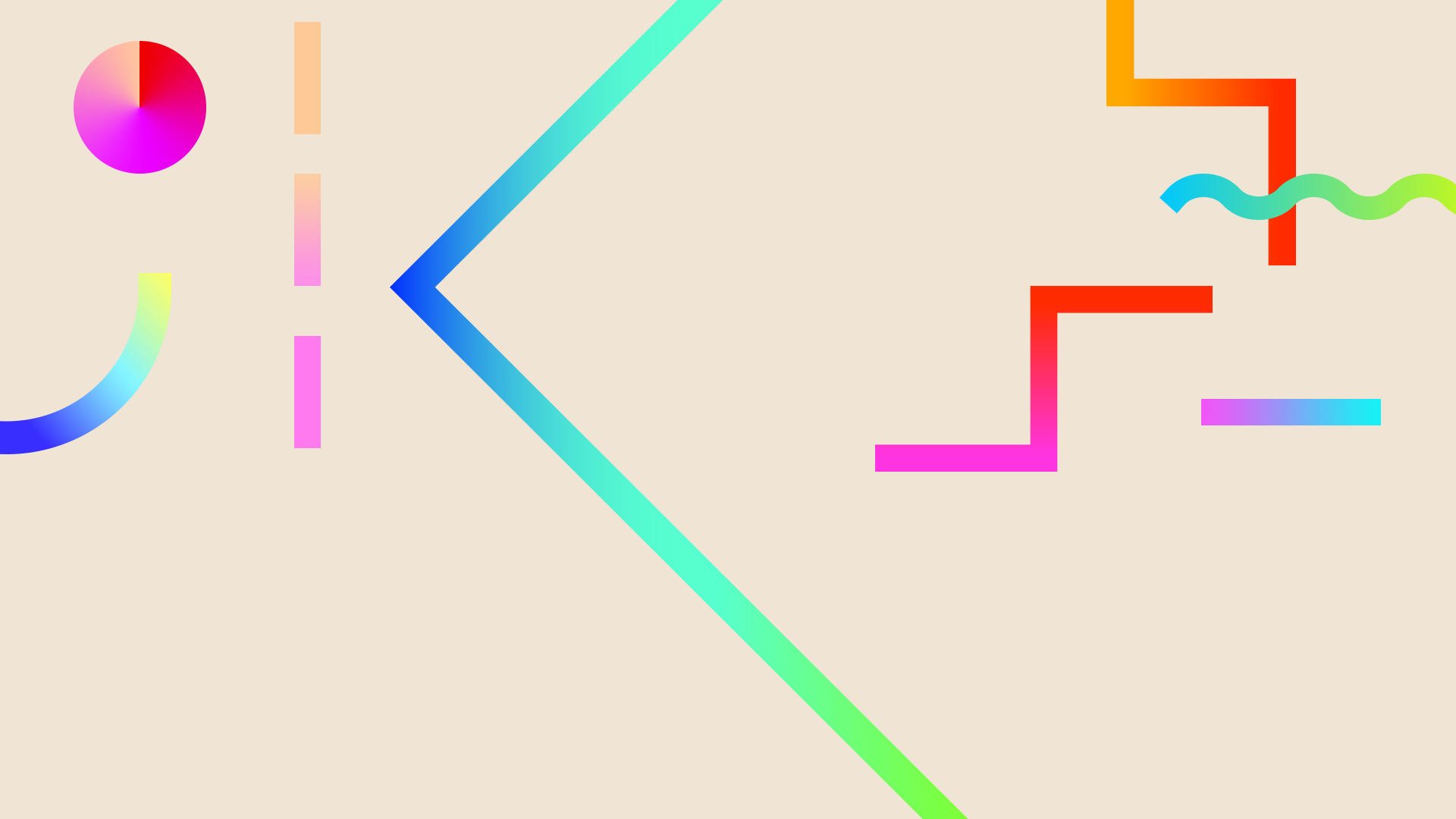
Research
- Gold Level Experience -
At North Carolina State University
The American electric grid that has gone largely unchanged for decades. It still runs largely on sources that harm the environment and compromise national security. It still exposes consumers everywhere to outages anywhere and still has little capacity for tapping renewable energy sources.

This experience has relevance to my grand challenge because of its focus on energy production for society, a major component of infrastructure. During my time at NC State, I became familiar with the FREEDM Center’s goal of modernizing the electric grid through power-electronics.

During the summer of 2018, I did an electrical engineering internship through the Future Renewable Electric Energy Delivery and Management (FREEDM) Center at NC State University under the mentorship of Dr. Srdjan Lukic. The FREEDM Center has the goal of building the internet of energy: a network of distributed energy resources that intelligently manages power using secure communications and advanced power electronics. Research priorities include power electronics packaging, controls theory, solid state transformers, fault isolation devices, and power systems simulation and demonstration.


At University of Texas at Austin
During the summer of 2019, I participated in the Natural Hazards Engineering Research Infrastructure (NHERI) REU at University of Texas-Austin Mobile Shaker Facility under Dr. Brady Cox. I used Python, MATLAB, and the NHERI DesignSafe Cyberinfrastructure to study the limitations of Multichannel Analysis of Surface Waves (MASW) method on subsurface anomaly detection. 2D MASW is a non-invasive testing method with great potential for providing information about the properties of soil below the surface of the ground.






The NHERI REU was my first research experience in civil engineering and my passion for infrastructure systems was expanded by my exposure to geotechnical investigation and structural resilience.
I was fortunate to attend the 44th Annual Convergence Natural Hazards Conference in Broomfield, Colorado. I met many researchers not only in engineering but also social science and government. The conference was focused on convergence of fields to find solutions to improving infrastructure resilience.



Program Wide Learning objective met: Realistic Vision
I believe that my research experience contributed to realistic vision. Much of what I was working on had a component of implementation real-world-application. When I was able to see how my work was having tangible direct impact, I could envision further improvements for the future.
Research Core Learning Objectives
Effective Communication: Express ideas in an organized, clear, concise, and accurate manner.
Maintaining a lab notebook with important details is key.
Disciplinary Communication: Write clearly and effectively in discipline-specific formats.
Writing a research paper pushes me to write clearly/effectively.
Creativity: Effectively connect multiple ideas and approaches.
An oral presentation on my research that will display my ability to connect several ideas and explain them in a cohesive manner.
Practice and Process of Inquiry: Demonstrate the ability to formulate questions and hypotheses within
their discipline.
Reading journal articles with previous work similar to my research focus will guide me. Asking questions is also very helpful.
Nature of Disciplinary Knowledge: Show understanding of the way practitioners think within the
discipline and view the world around them.
To understand more about how research fields worked, I would ask my mentors lots of questions about what their work is like and how they interact with other researchers.
Understanding Ethical Conduct: Predict, recognize, and weigh the risks and benefits of the project for
others.
My principal investigator and mentor took on the risk of investing time/money in me; the goal of the investment is to have me develop and become an excellent researcher.
My research experiences at Clemson, NC State, and UT-Austin introduced me to many facets of infrastructure development research. Environmental, electrical and civil components of engineering are all connected when considering how to improve infrastructure. The integrity of the land a building will stand on needs to be assessed along with the environmental impacts it poses. When implementing an electric line to the house, the structural integrity of the poles needs to be considered. The water source to the house, the electric lines, and the geotechnical makeup of the land must be in check with the building as well. Each field of expertise informs one another to work in unison. This integrative viewpoint is what I will bring to my post-undergraduate work.
Through all my experiences, I learned that I could make significant scientific contributions if I am focused and I am open to learning.
